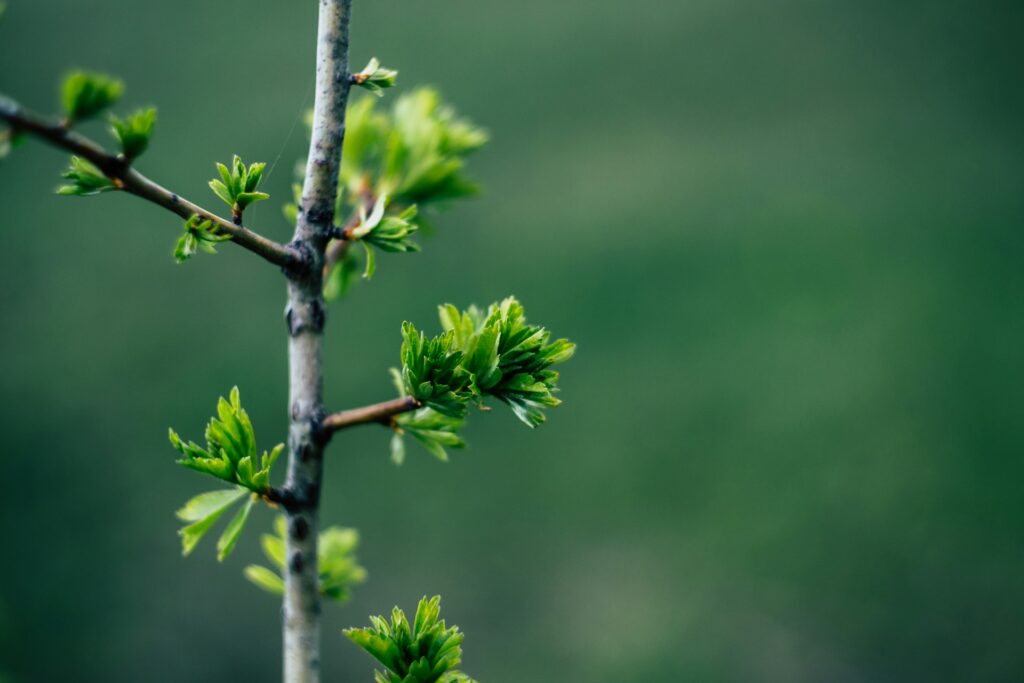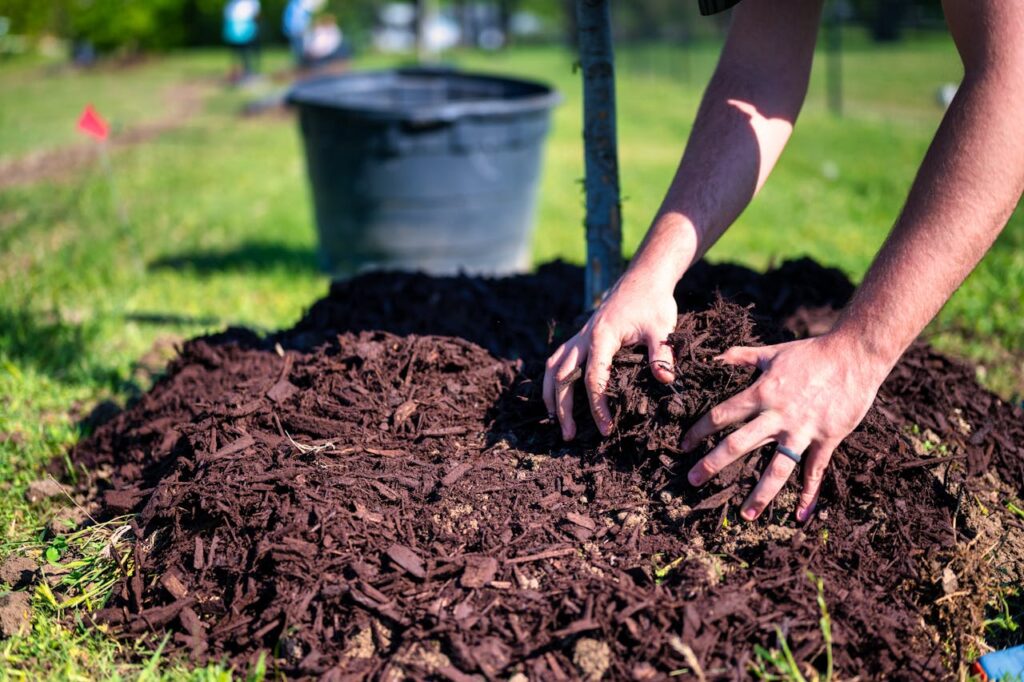Planting trees is a rewarding way to enhance your landscape, improve air quality, and promote biodiversity. While spring is often considered the go-to season for planting, fall is actually the best time for planting trees, especially many fruit trees. Cooler temperatures, stable soil moisture, and the approaching dormancy of plants make fall the perfect window for establishing new trees.
So, let’s dive into a step-by-step guide to planting trees in the fall, along with essential tips to ensure your trees thrive.
Why Fall is Ideal for Planting Trees
- Cooler Temperatures: The heat of summer can stress newly planted trees, but the milder temperatures of fall allow trees to focus on root growth rather than dealing with extreme heat.
- Soil Moisture: Fall often brings more rain, ensuring consistent moisture levels in the soil, which is essential for new root development.
- Root Establishment: Trees planted in fall can establish their roots throughout the cool months and be well-prepared to grow vigorously in the spring.
Less Watering: Since fall usually brings more natural rainfall and cooler air reduces evaporation, you won’t need to water as frequently as in summer.

Step-by-Step Guide to Planting Trees in Fall
1. Choose the Right Tree for Your Climate
Not all trees are suited for every climate. Before you purchase a tree, research species that thrive in your USDA hardiness zone. Native species are often the best choice as they are already adapted to your region’s climate and soil.
Tip: Visit your local nursery or consult with an arborist for tree recommendations.
2. Pick the Right Spot
Consider the mature size of the tree when selecting its location. Avoid planting too close to buildings, power lines, or other trees to ensure it has enough space to grow.

Suggestions:
- Look for areas with well-drained soil.
- Ensure the location gets the appropriate amount of sunlight for the tree species.
- Avoid planting too close to sidewalks or foundations as tree roots can cause damage over time.
3. Prepare the Soil
Start by digging a hole that’s 2-3 times wider than the tree’s root ball but no deeper than the root ball itself. This ensures the roots have plenty of room to spread out horizontally.
Step-by-step:
- Remove grass, rocks, and debris from the area.
- Loosen the soil around the hole to encourage root expansion.
- If your soil is poor, consider mixing in compost to improve its quality. Take into account using garden soil or mix instead of planting soil as it has the right balance of organic material, minerals, and nutrients needed to support tree growth
4. Plant the Tree
Carefully place the tree in the hole, ensuring the top of the root ball is level with or slightly above the ground. Backfill the hole with the original soil, lightly tamping it down to remove air pockets.
Tip: Water the tree as you fill in the soil to help settle it and reduce air pockets around the roots.
5. Mulch Generously
After planting, spread a 2-3 inch layer of mulch around the base of the tree. This helps retain moisture, regulates soil temperature, and prevents weed growth.
Suggestions:

- Keep mulch 2-3 inches away from the trunk to prevent rot.
- Use organic mulch such as shredded bark or composted leaves.
6. Water Wisely
Newly planted trees need consistent moisture to establish strong roots. Water the tree thoroughly right after planting, and continue to water it regularly (about once a week) if there’s no significant rainfall.
Tip: Water deeply rather than lightly. This encourages deep root growth.
7. Stake if Necessary
If you’re planting a tree in a windy area, staking it can help prevent it from being uprooted. However, not all trees need staking. If the tree is small and the trunk is sturdy, it may be able to support itself.
Additional Tips for Successful Tree Planting in Fall
- Timing: Aim to plant your tree 4-6 weeks before the first hard frost to give it time to establish roots before winter.
- Fertilization: Avoid fertilizing in the fall, as this can promote new growth that will be vulnerable to cold weather. Focus on root growth rather than top growth.
- Pruning: Only prune dead or damaged branches at the time of planting. Save heavy pruning for the dormant season in winter or early spring.
- Tree Protection: For young trees, consider using tree guards or wire mesh to protect the trunk from wildlife like deer or rodents during the winter.
To Wind Up
Planting trees in fall is an excellent way to give them a head start for healthy growth in the spring. With the right tree, location, and planting technique, you can set your tree up for long-term success. Follow these simple steps, and in a few years, you’ll have a thriving tree that provides shade, beauty, and environmental benefits for decades to come.
